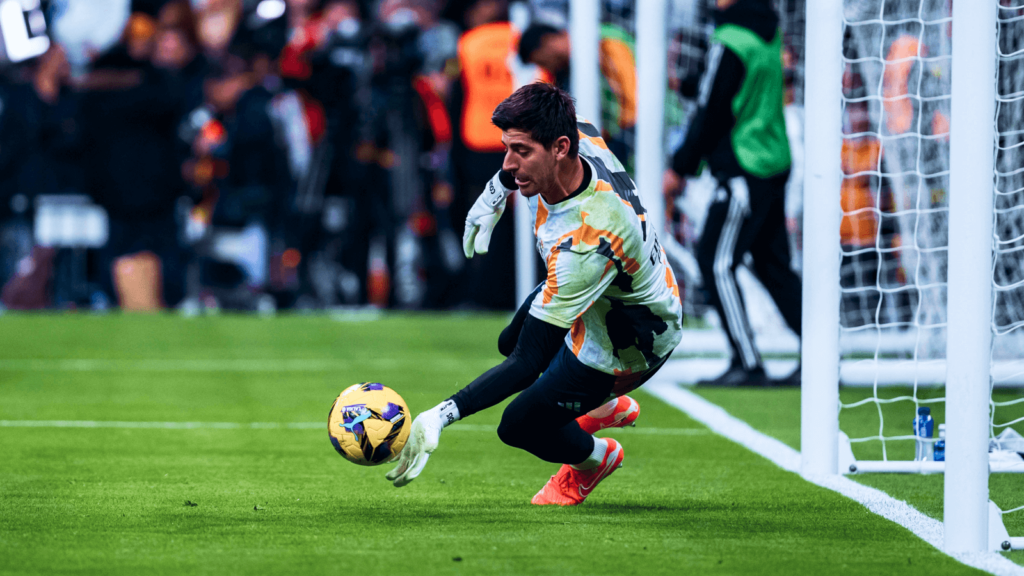No position in football requires the specialization and maintenance as that of a goalkeeper. Goalies are conventionally regarded as the last barricade for the team. They act in various capacities and fans expect more than merely saving goals. Their technical, tactical, physical and mental skills must blend and combine as one. Otherwise, a poor goalkeeper will forever be known as a killer of a thousand games. This article examines basic skills for every goalkeeper: shot-stopping, positioning, distribution and leadership.
Shot-Stopping: The Primary Skill
Shot-stopping remains the main function of any goalkeeper. This comprises reacting to close-range shots and diving to deflect longer range ones. Goalkeepers have to possess exceptional hand-eye coordination, with sharp reflexes. Explosive power in their legs is also crucial to cover maximum area while defending the goal.
Modern-day shot-stoppers are trained in specific scenarios like 1v1s, penalty kicks and deflections. Training in such scenarios would adequately reflect conditions in real matches. Goalies sense the pattern and body language of the player shooting. It assists them to anticipate the direction of the ball.
However, consistency is key, as it separates the great from the average. Even the slightest slip will come at a tremendous cost; with no margin of error.

Positioning: The Unsung Art
Positioning is what stops a needless drama from unfolding. A world-class goalkeeper has a sixth sense that tells him where to position himself in the box. They follow the location of the ball, angle of approach. Keepers also consider various assets and liabilities of both forwards and defenders.
Good positioning means that more goals would be obstructed from the striker’s view. This reduces the shooting options available to him. Intercepting crosses, blocking shots and covering rebounds are also improved.
Keepers also need to manage the space behind the back line. This means rushing out to intercept through-balls or sweeping up long passes. This skill is often seen in modern “sweeper-keepers” like Manuel Neuer and Alisson. These moments require not just courage but also precision in timing.
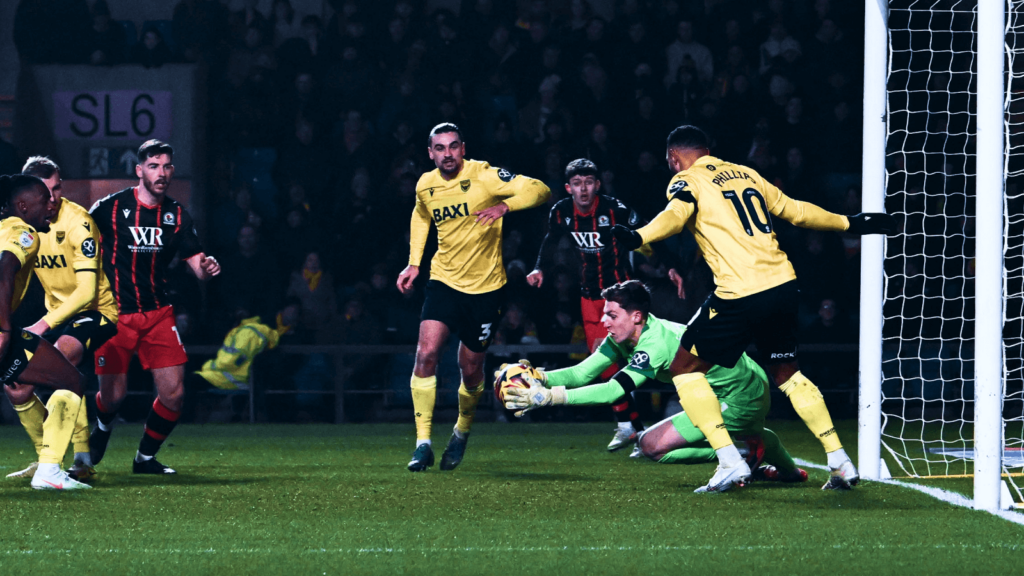
Distribution: Initiating an Attack
The modern game of soccer is all about how comfortable a goalkeeper can be with the feet as much as with the gloves. Effective distribution translates to a team keeping possession and switching over to attack.
Goalkeepers should learn all the different passing methods. It could be short passes to defenders or long throws and kicks to wingers. Then, at that moment, the real decision-making takes place. They can decide whether to play it short for building from the back and when to go long for relieving pressure.
Keepers like Ederson and Marc-Andre Ter Stegen, transform goal distribution ruling into art form. With high accuracy and exceptional vision, they manage to break the defensive lines. They establish chances for goals, by switching defense to offense in a matter of seconds.
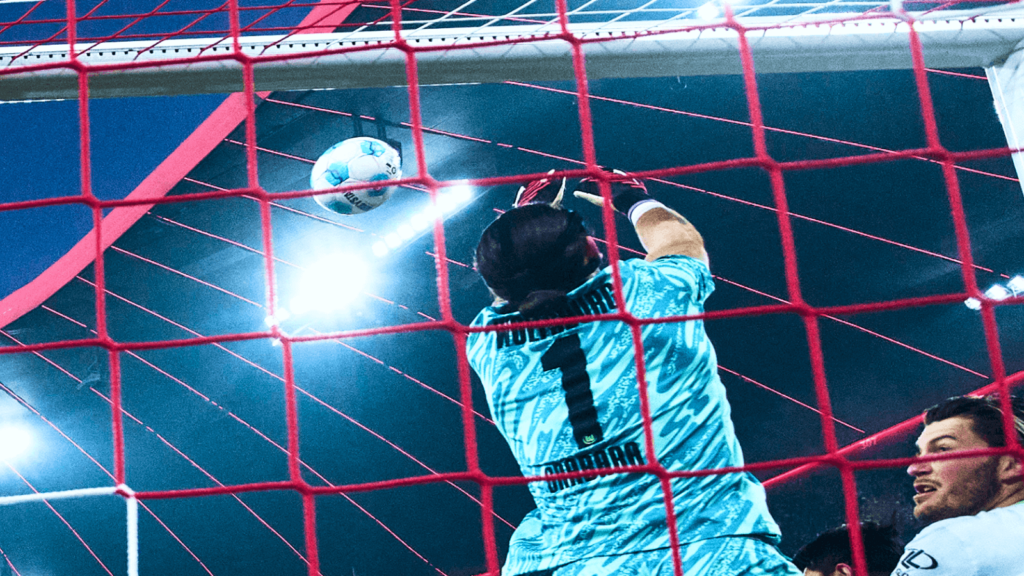
Leadership: Commanding the Defense
Goalies have a clear view of the whole field. They also contribute heavily to defense organization. It needs constant communication, while signalling imminent threats.
However, that part of vocal presence and confidence translates to the entire team. When the defense relies on their keeper, outfielders play with more composure. Leaders like Iker Casillas, not only made saves but also commanded their back line.
Taking responsibility after errors is also part of leadership. A great goalkeeper always inspires their teammates. They motivate their teammates to shift gears and keep the team ready at all times.
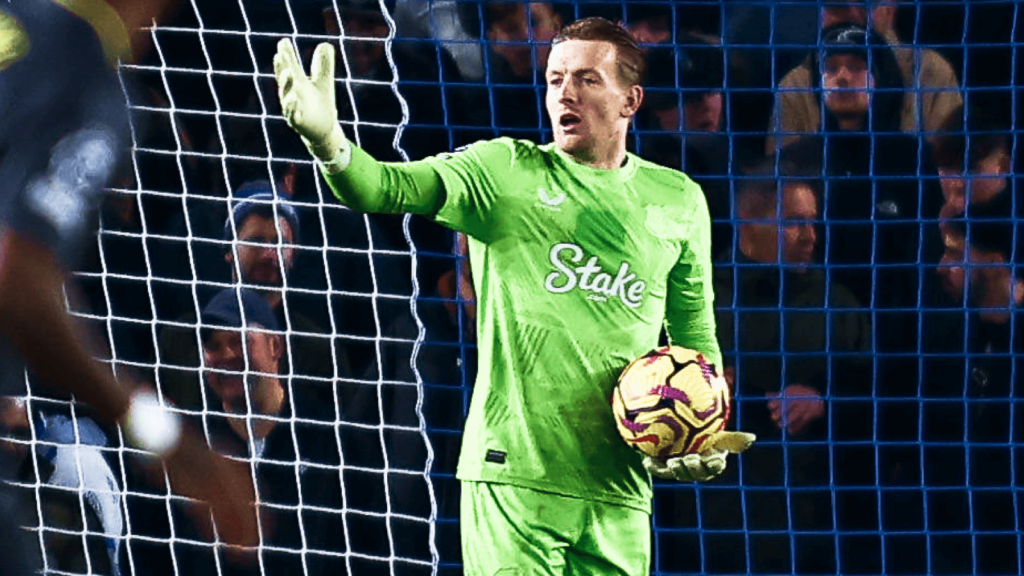
Mental Resilience: Surviving the Pressure
One of the most mentally exhausting positions in the sport is that of a goalkeeper. One lapse in concentration costs 89 minutes of team effort. The goalkeeper has to maintain his concentration, even when there is no action for a long period.
It is thus very important to have that psychological hardiness. One of the brightest signs of being the best is recovering quickly after a goal, setting the mind for the next play. They have high confidence and emotional self-control in the face of criticism. Mental preparedness tests a keeper’s nerves during penalty shootouts and injury time corners. It helps them keep their composure during such defining moments. It often determines the outcome of crucial games or championships.
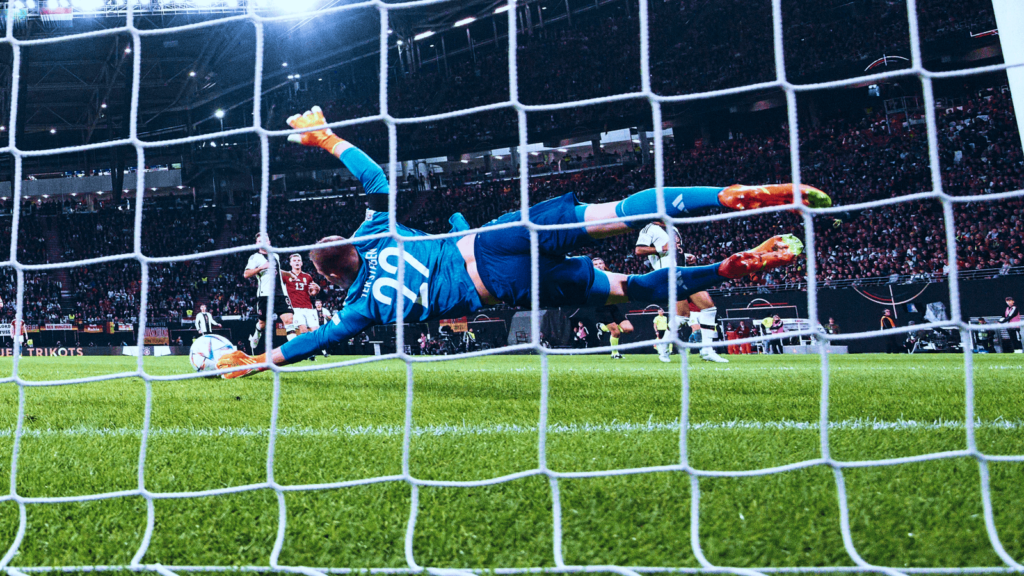
Organizing the Back Line and Tactical Awareness
Besides shot-stopping and distribution, the goalkeeper is the tactical coordinator. This covers taking charge of setting the defenders in appropriate positions. It could be during set plays, managing the defensive line or reshaping the team formation.
They foresee and expect threats while understanding the attacking moves of their opponents. Thereby, they coordinate with defenders and give timely and concise instructions. Some legendary goalkeepers were known for their defensive orchestration. For example, Peter Schmeichel commanded the Manchester United defense with a booming voice. Hugo Lloris organized France defensively, with his understanding of angles and pressure points.

The Modern Evolution of the Goalkeeper
The role of a goalkeeper has changed a lot over the last decade. Their role now extends way beyond mere shot-stopping. It includes elements of a defender, a playmaker and even a coach. Goalkeepers have to undergo prolonged and specialized training from an early age. This includes footwork drills, tactical simulations and video analysis.
Youth academies have trained their focus toward developing all-round keepers. They can be put either into a possession-based style of play or into a counter-attacking setup. Goalies are not just part of the defending side; they are part of the whole system of the team.
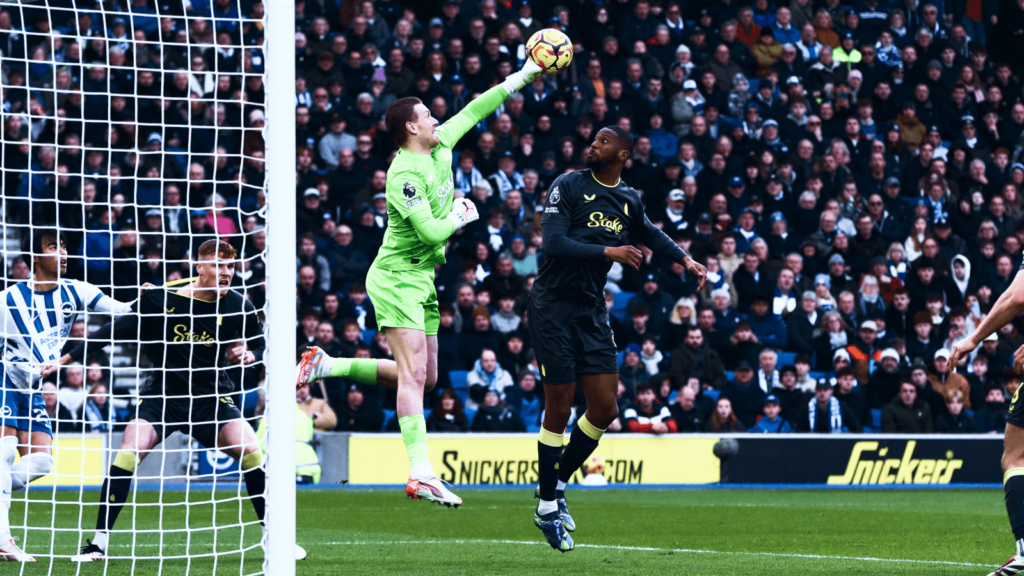
The Complete Goalie
Becoming a remembered goalkeeper requires far more than mastering mere technical skills. Shot-stopping is a key; but positioning, distribution, understanding and leadership skills are paramount. Mental strength, along with tactical awareness, allows a keeper to shine. Some of the best goalies in the game include Manuel Neuer, Lev Yashin and Iker Casillas.
This journey is truly tedious for goalkeepers. It involves continuous updating and trying to concentrate, testing their self-confidence. Yet, such willingness opens doors to being the backbone of the team and the last man in defense.
